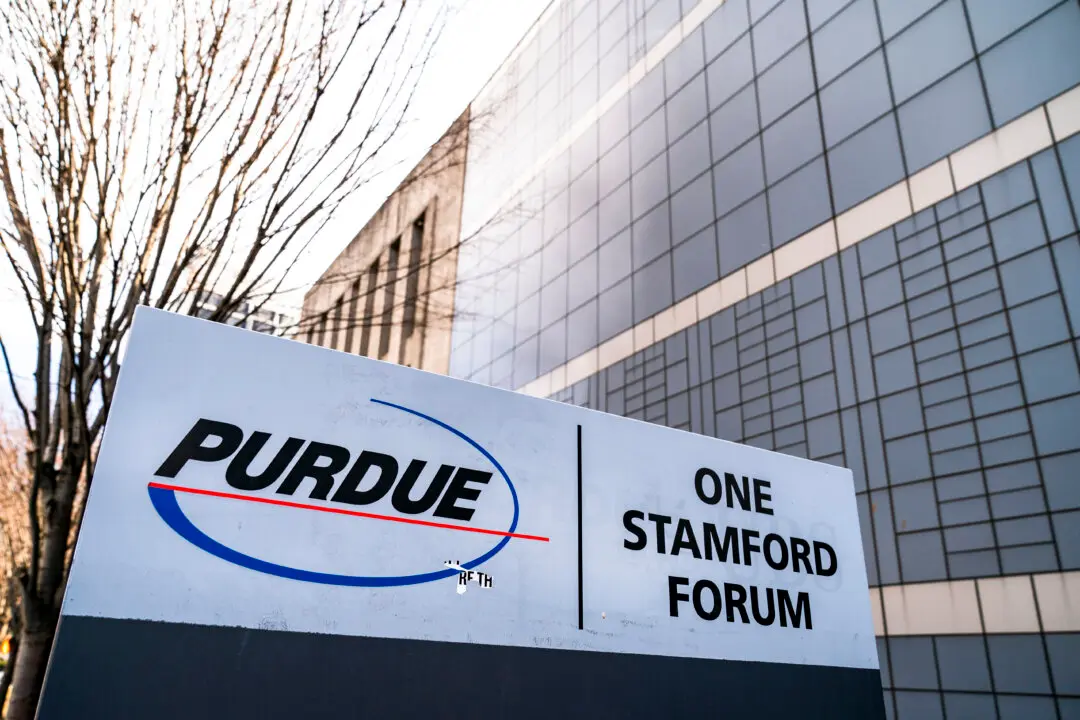BATON ROUGE, Lousiana—An old Cajun memory of the Mississippi River has been uncovered by lowered water levels amid the worst drought the area has seen in a decade.
A sunken ship from the 19th century emerged as the drought persisted, bringing to light what was once known as the S.S. (Steam Ship) Brookhill commercial ferry boat, which carried people and supplies from Port Allen, Louisiana, on the west bank of the river, to Baton Rouge, Louisiana, on the east bank, before the days of Mississippi River bridges were beginning to connect roads for trains and motorized vehicles across the river in the 1940s.





